Rohan Khattar Singh
The ongoing Russia-Ukraine conflict has put a spotlight on Turkey’s aviation industry when combat footage from Turkey’s Bayraktar TB2 drone striking Russian armour and artillery equipment went viral. However, recent interviews of Ukrainian pilots have shown that with an established Russian Air-Defence, the Bayraktar TB2 drone has become easy pickings. The drone which was first inducted in 2004 has now clocked 400,000 hours globally with more than 300 airframes being operated by Turkey, Azerbaijan, Ethiopia, Kyrgyzstan, Libya, Morocco, Niger, Pakistan, Qatar, Turkmenistan and Ukraine. The TB2 has been effectively used across multiple conflicts in Libya, Syria, the Nagorno-Karabakh war, and the ongoing Russia-Ukraine conflict, and is likely to be extensively used in future conflicts which require limited air power involvement, or in scenarios where the other side lacks a robust Air Defence network.
TAI Hurjet at Teknofest 2021
Turkey is also rapidly developing its fixed-wing fleet in order to replenish its ageing fleet of more than 200 F-16s, and with the uncertainty of the delivery of F-35s, Turkey has to rely on its indigenous production to secure its national interests. Apart from its ongoing work on the TF-X stealth fighter, Turkey is also producing the TAI Hurjet, a Light Combat aircraft which has created much intrigue amongst South East Asian Countries, particularly Malaysia, which is considering the HAL Tejas to fulfil its urgency for a smaller fighter aircraft.
Recently at an Air-Expo, Turkey unveiled a prototype of a stealth unmanned fighter aircraft- Kizilelma, which has its first flight scheduled for 2023. Images from the TAI assembly line reveal that the second prototype for the Kizilelma has been manufactured and is undergoing electronic checks. According to Turkey’s claims, the Kizilelma will have an operational ceiling of 35,000 feet, with a load carrying capacity of 1.5 tons and a combat radius of 925 kms. Turkey also unveiled its ATAK 2 attack helicopter, a successor to the ATAK 1 which was a joint venture between Turkey and Italy’s Augusta Westland. Turkey is rapidly developing its aircraft manufacturing industry and is making great strides towards weapon modernisation.
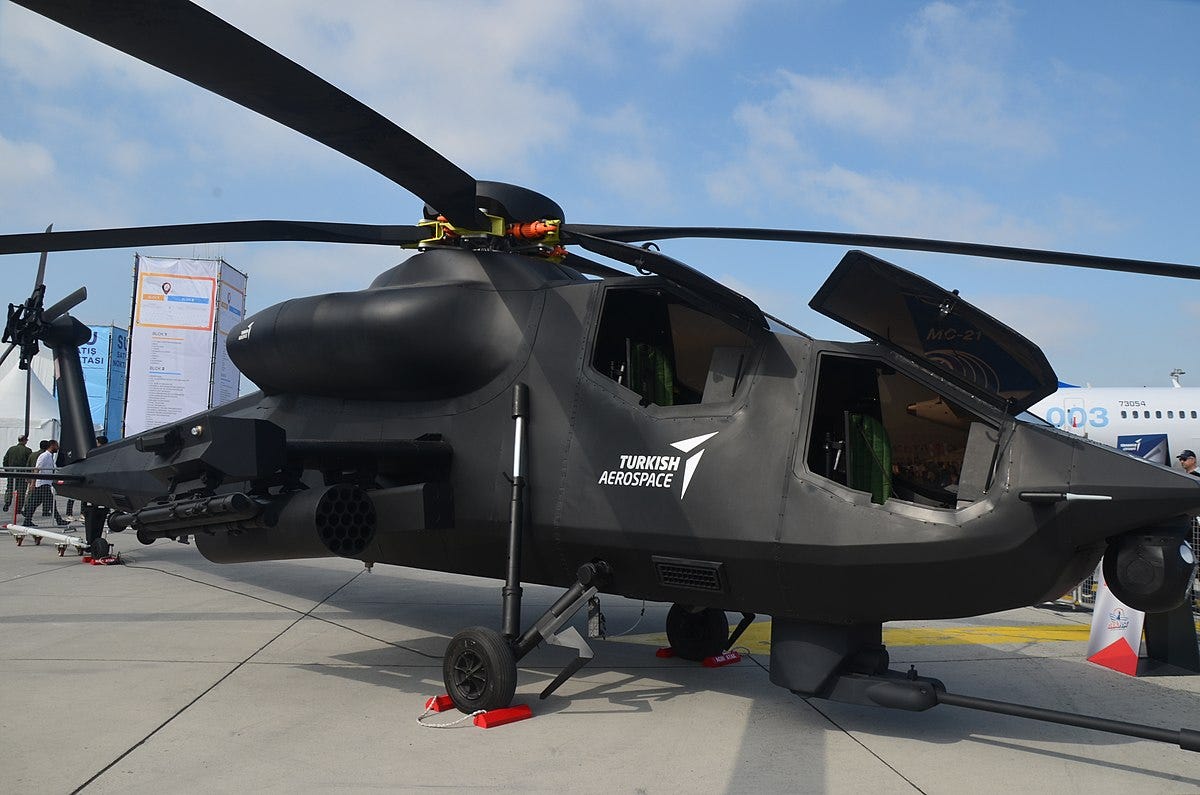 TAI ATAK-2. Image Credits- CeeGee
TAI ATAK-2. Image Credits- CeeGeeAnalysis
Turkey’s aviation sector really took off in the 21st century and is likely to gain momentum in the next two decades as its aviation industry has understood the needs of the Turkish armed forces, by producing cost-effective, reliable and combat ready aircraft with steady orders coming in from other countries as well. Ankara’s initial tilt towards the West gave it an advantage by collaborating with Western industries that have dominated the aviation sector. However, Turkey’s re-balancing act with a growing tilt towards China and Russia has created scepticism in the Western bloc, forcing Turkey to prioritise indigenous development of its air power, including manufacturing of new aircraft, weapon systems (including WVR, BVR missiles and smart precision munitions), along with calibrating new munition on its ageing fighter fleet.
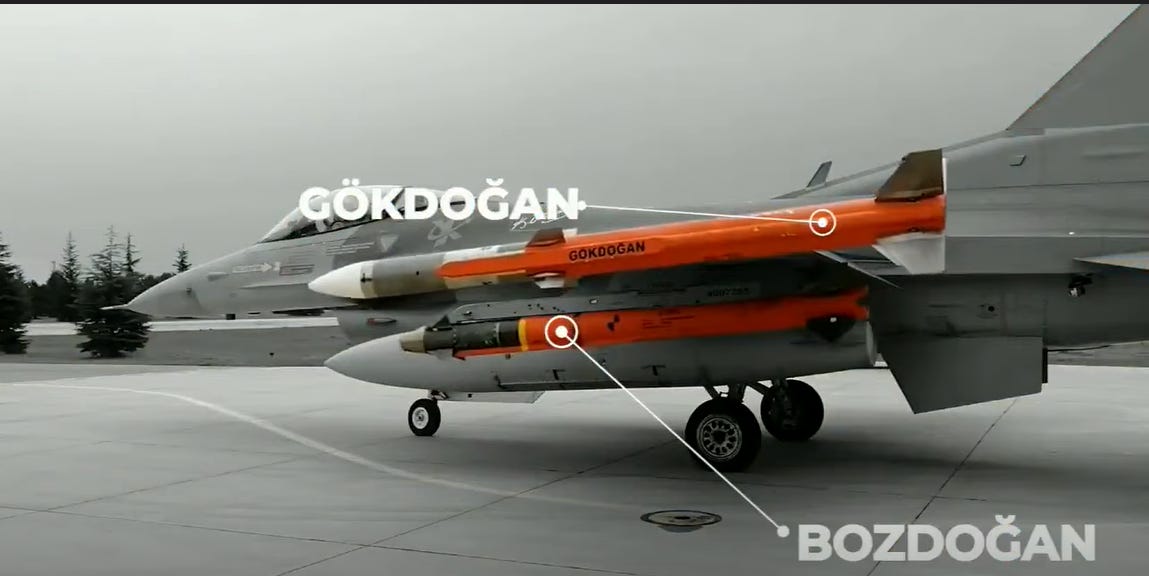 In 2021, Turkey successfully test fired its indigenously developed GÖKDOĞAN, a BVR missile with a range of 65km, and the BOZDOĞAN, a WVR missile with a range of 25km. Image Credits- President Erdogan’s Office
In 2021, Turkey successfully test fired its indigenously developed GÖKDOĞAN, a BVR missile with a range of 65km, and the BOZDOĞAN, a WVR missile with a range of 25km. Image Credits- President Erdogan’s OfficeTurkey’s success in creating pocket-friendly, effective and reliable aircraft systems means Pakistan will only grow closer to Turkey. As Pakistan struggles to keep its economy afloat, Western aircraft are out of reach for the PAF and it will have to rely on Chinese and Turkish industries to ensure the teeth of the PAF still pack a bite. For India, Turkish Aviation Industries is a direct competitor as both TAI and India’s HAL are working on similar platforms while competing for a new airspace in the aviation world, shifting the dependence of developing countries away from Western and Russian aviation manufacturers.
Short Take-Offs
Headlines from the world of aviation.
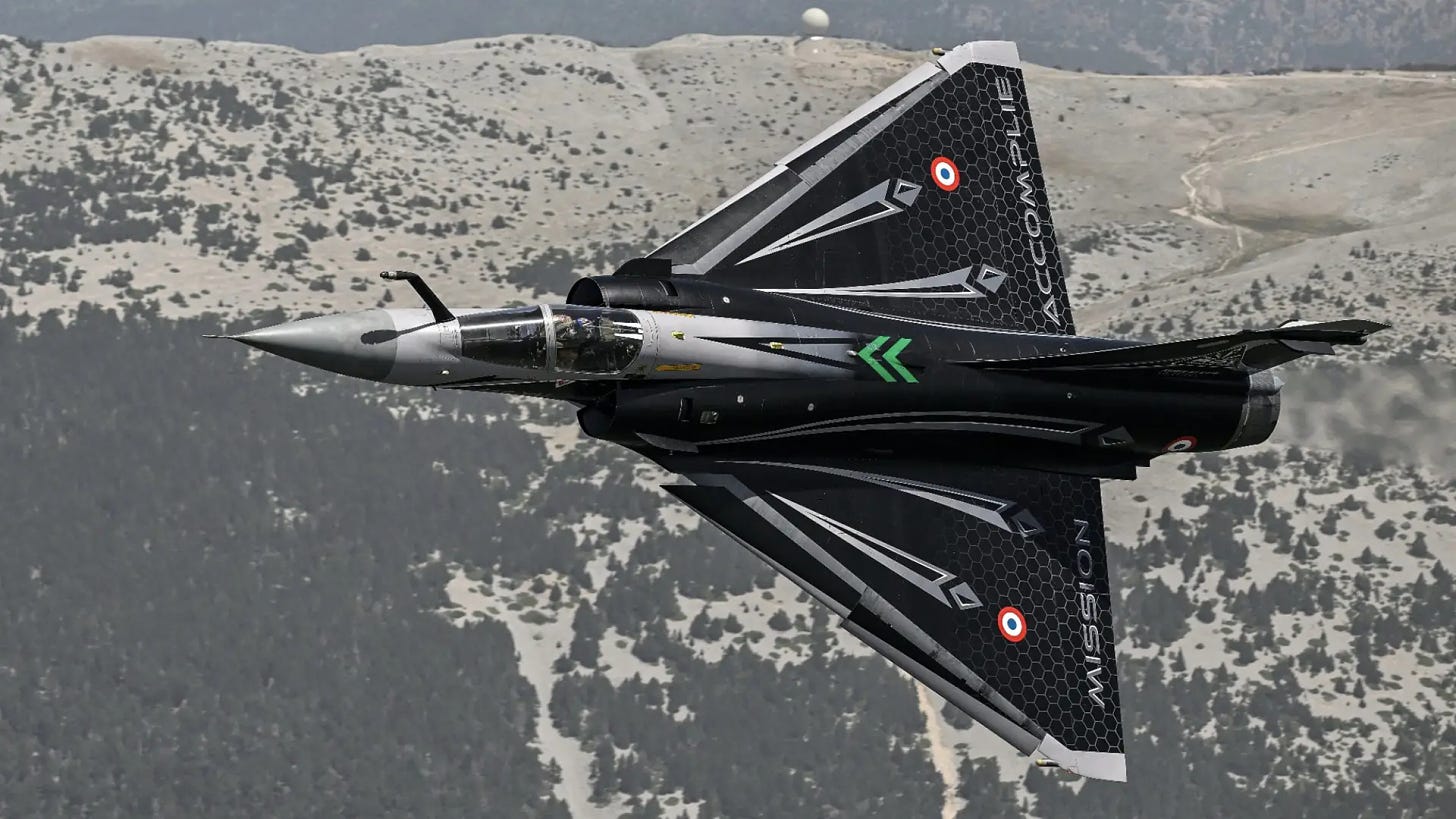 A Mirage 2000 of the Escadron de Chasse 2/5, the last French Air Force Squadron to fly the Mirages. Image Credits- Katsuhiko Tokunaga/Escadron de Chasse 2/5 Ile de France
A Mirage 2000 of the Escadron de Chasse 2/5, the last French Air Force Squadron to fly the Mirages. Image Credits- Katsuhiko Tokunaga/Escadron de Chasse 2/5 Ile de FranceReconnaissance Tapes
Documentaries and Movies from the world of Aviation.
Bird of the Week
The Dassault Mirage 2000 is a single-engine fourth generation fighter which was first inducted into the French Air Force in 1984. The Delta winged bird was one of the most advanced fighter planes of its time and has been an effective and reliable machine in all types of combat roles and missions. The aircraft was operated by nine Air Forces including France, India, Greece, United Arab Emirates, Taiwan, Egypt, Brazil, Qatar and Peru.
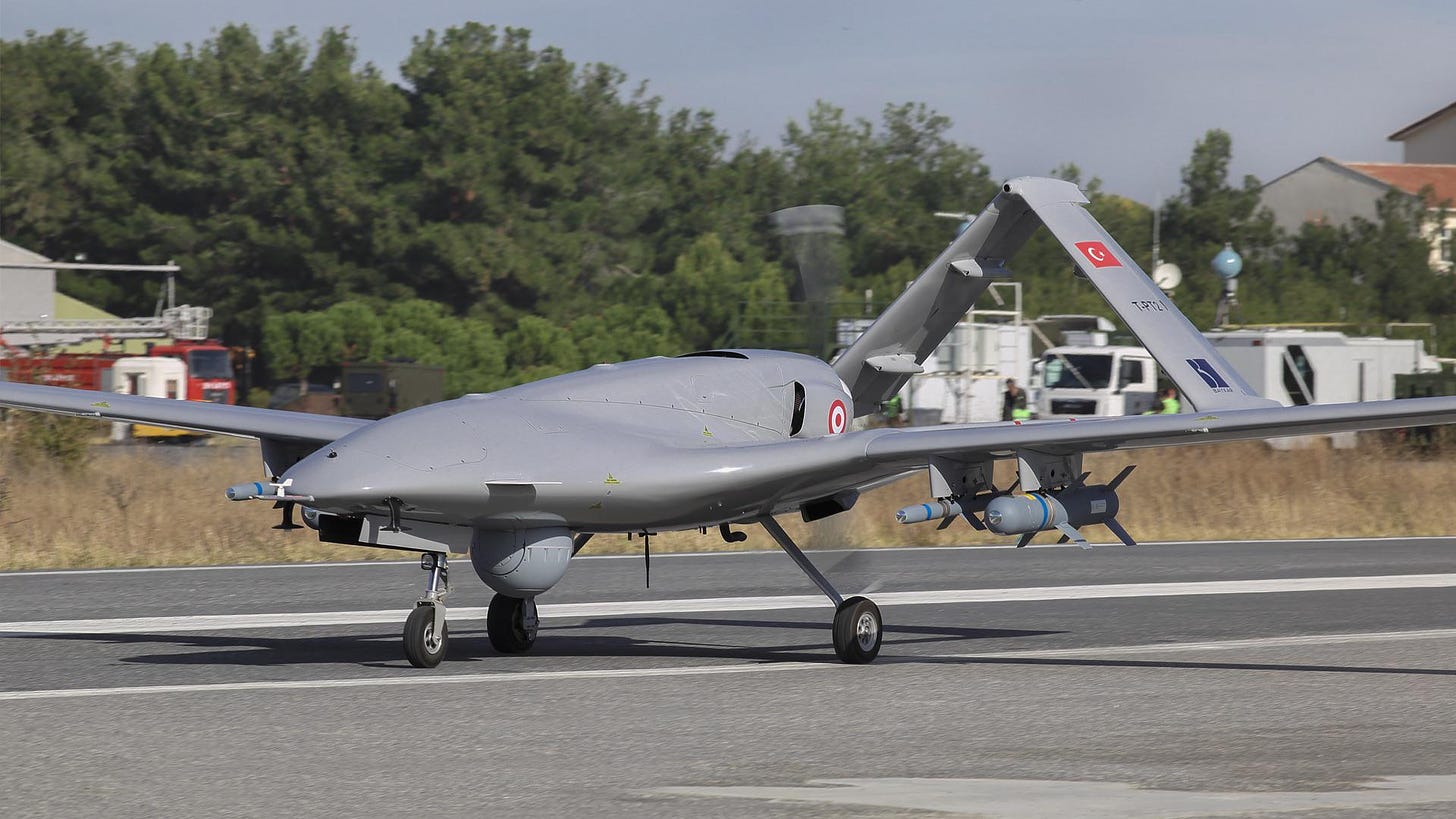
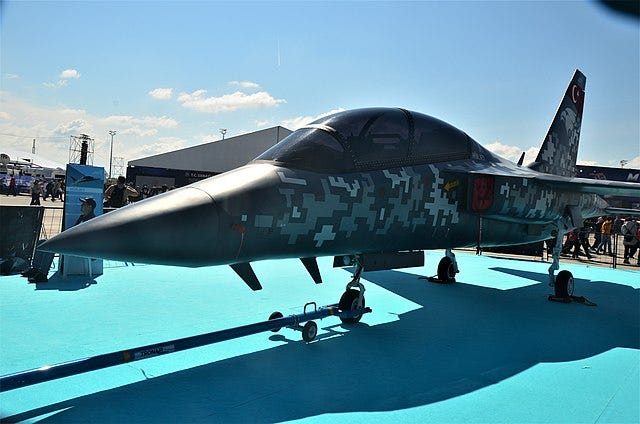
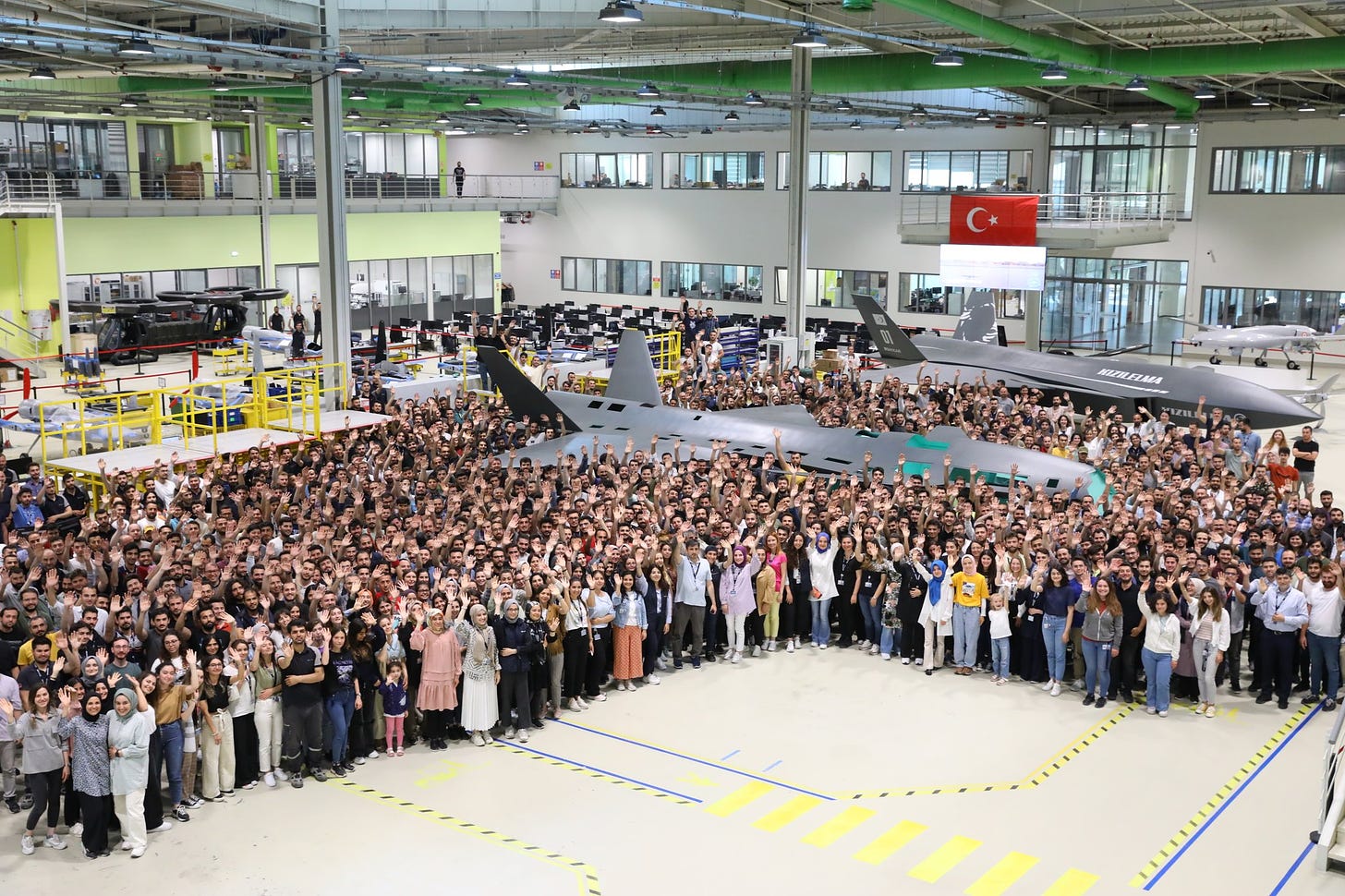
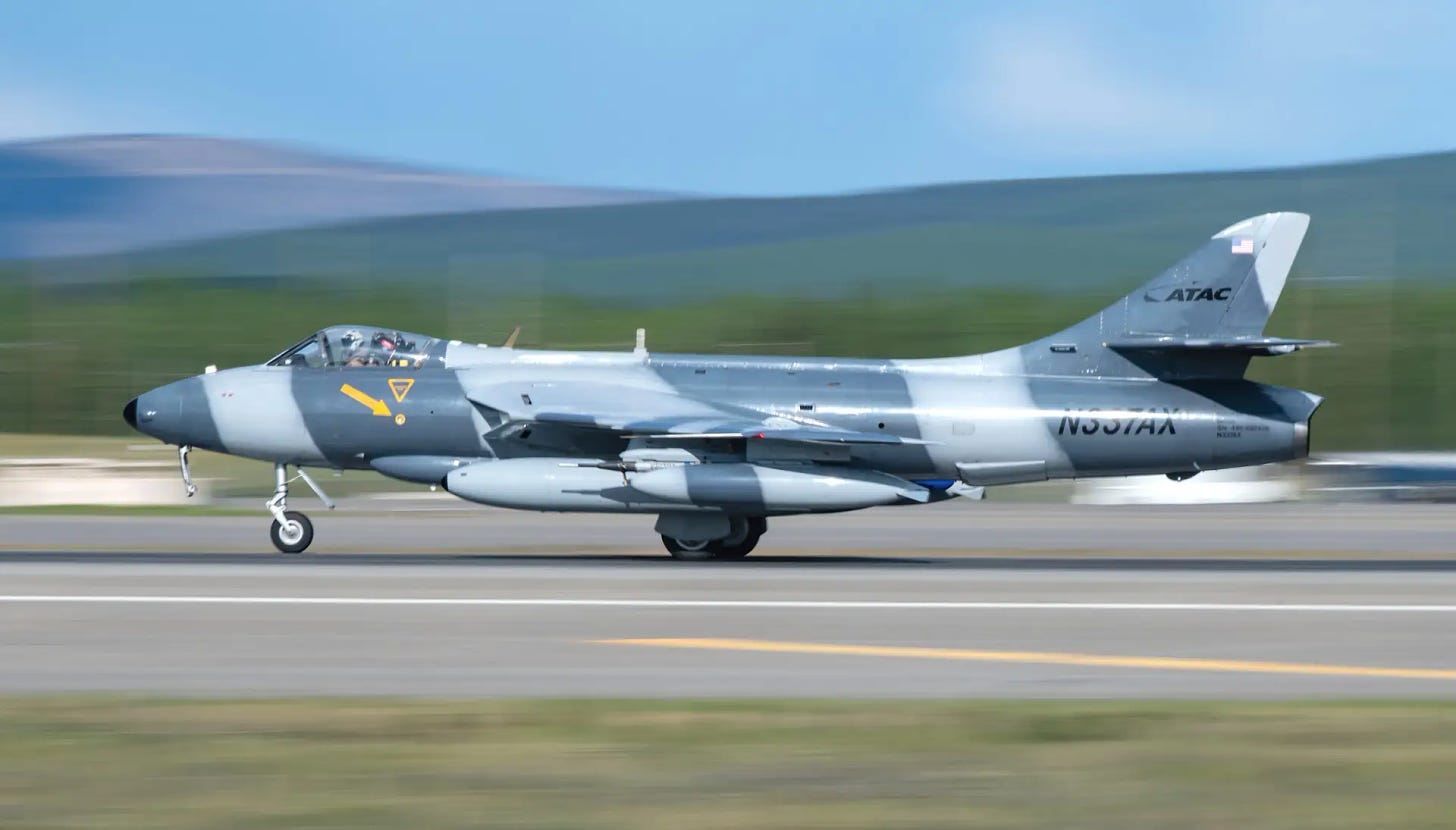

No comments:
Post a Comment